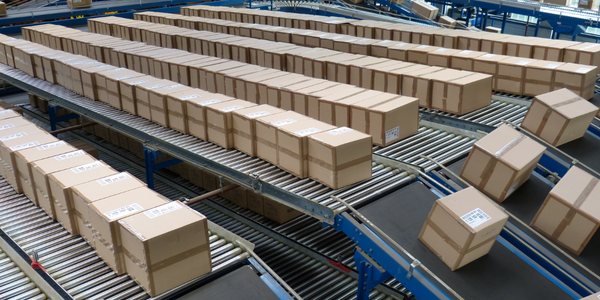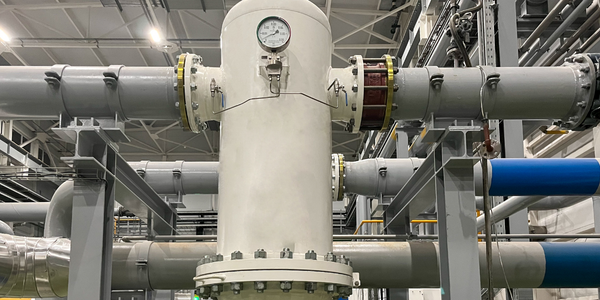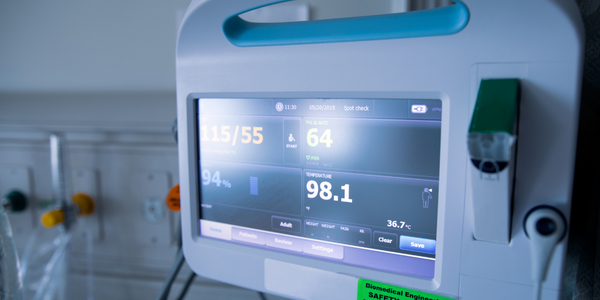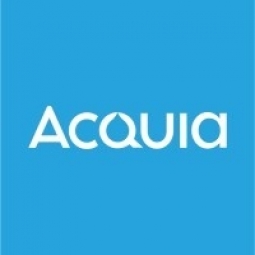Technology Category
- Functional Applications - Enterprise Asset Management Systems (EAM)
- Platform as a Service (PaaS) - Application Development Platforms
Applicable Industries
- Education
- Packaging
Applicable Functions
- Sales & Marketing
Use Cases
- Asset Health Management (AHM)
- Asset Lifecycle Management
Services
- System Integration
- Training
About The Customer
Autodesk is a software company that caters to people who make things. Whether it's a high-performance car, a towering skyscraper, a smartphone, or a great film, Autodesk's software has likely played a part in its creation. The company's software is used by millions of customers worldwide, giving them the power to make anything. Autodesk aims to establish itself as the industry-leading platform for designing and making things, focusing on the outcomes its customers want to achieve rather than the products they need to make it happen.
The Challenge
Autodesk, a leading software company, wanted to shift from a product-first to a customer-first mindset. The company aimed to establish itself as the industry-leading platform for designing and making things, focusing on the outcomes customers want to achieve rather than the products they need. To achieve this, Autodesk needed to create strong connections between customers and the Autodesk brand, not its individual products. In 2021, Autodesk underwent a rebranding process to reflect its transformation from a house of brands to a 'branded house.' This rebranding required significant stakeholder activation, as every employee, vendor, channel partner, and strategic partner needed to transition to the new Autodesk persona and branding. However, Autodesk's teams and processes were entrenched in product-first ways of working, posing a significant challenge to the rebranding process.
The Solution
To address this challenge, Autodesk's brand team developed a multi-month rollout plan to engage its stakeholders: employees, vendors, and partners. The company's Digital Asset Management (DAM) librarians played a crucial role in this process, providing audience insights and usage data to the brand team, packaging, uploading, and adding metadata for rebranded content, and creating asset groups and portals to release the assets in a permissioned manner. The Acquia DAM platform was used to store and manage brand assets, allowing Autodesk's teams to collaborate and deliver rebranded content to users across the globe efficiently. The rebranding process was carried out in three phases: granting early adopters access to in-depth training and core assets, giving all employees access to the new brand assets, and updating product branding to align with the product release schedule. Throughout this process, Autodesk broke down silos by communicating and collaborating on timelines, strict embargoes, and asset management.
Operational Impact
Quantitative Benefit

Case Study missing?
Start adding your own!
Register with your work email and create a new case study profile for your business.
Related Case Studies.

Case Study
IoT Data Analytics Case Study - Packaging Films Manufacturer
The company manufactures packaging films on made to order or configure to order basis. Every order has a different set of requirements from the product characteristics perspective and hence requires machine’s settings to be adjusted accordingly. If the film quality does not meet the required standards, the degraded quality impacts customer delivery causes customer dissatisfaction and results in lower margins. The biggest challenge was to identify the real root cause and devise a remedy for that.

Case Study
Zenon the Ideal Basis for An Ergonomic HMI
KHS develops and produces machines and equipment for filling and packaging in the drinks industry. Because drinks manufacturing, filling and packaging consist of a number of highly complex processes, the user-friendly and intuitive operation of equipment is increasingly gaining in significance. In order to design these processes as simple as possible for the user, KHS decided to introduce a uniform, transparent and standardized solution to the company. The HMI interface should meet the requirement for people with different qualifications and enable them to work on a standard platform.

Case Study
Sparks Dynamics Assists Atlas Container Secure a $15,000 BGE Energy Rebate
The ReMASTER Compressed Air Monitoring system was installed in 2015. This system is capable of monitoring compressed air system parameters on a continuous basis and transferring that information to a cloud server which can be accessed by Atlas Container personnel, Industrial Diagnostics and Sparks Dynamics. This information was collected into a database which can be exported to an Excel spreadsheet or displayed graphically using Sparks Dynamics ViewMaster Software. The average annual compressed air electricity expense was estimated to be approximately $116,000. This is based on an incremental $/KWh electric rate of $.091 per KWh and an estimated compressed air energy consumption of 1,279,200 KWH. The implementation phase of Energy Conservation Measures (ECMs) for the Compressed Air System included: • Identification and repair of compressed air leaks • Understanding of compressed air usage per manufacturing machine and installation of shut off valves when the machines are no longer in production mode • Identification of misapplications of compressed air to include blow offs, venturis, and cooling scenarios • Understand system pressure requirements and potential installation of point of use pressure regulation.

Case Study
IoT platform Enables Safety Solutions for U.S. School Districts
Designed to alert drivers when schoolchildren are present, especially in low-visibility conditions, school-zone flasher signals are typically updated manually at each school. The switching is based on the school calendar and manually changed when an unexpected early dismissal occurs, as in the case of a weather-event altering the normal schedule. The process to reprogram the flashers requires a significant effort by school district personnel to implement due to the large number of warning flashers installed across an entire school district.

Case Study
Automated Pallet Labeling Solution for SPR Packaging
SPR Packaging, an American supplier of packaging solutions, was in search of an automated pallet labeling solution that could meet their immediate and future needs. They aimed to equip their lines with automatic printer applicators, but also required a solution that could interface with their accounting software. The challenge was to find a system that could read a 2D code on pallets at the stretch wrapper, track the pallet, and flag any pallets with unread barcodes for inspection. The pallets could be single or double stacked, and the system needed to be able to differentiate between the two. SPR Packaging sought a system integrator with extensive experience in advanced printing and tracking solutions to provide a complete traceability system.

Case Study
Mondi Implements Statistics-Based Health Monitoring and Predictive Maintenance
The extrusion and other machines at Mondi’s plant are large and complex, measuring up to 50 meters long and 15 meters high. Each machine is controlled by up to five programmable logic controllers (PLCs), which log temperature, pressure, velocity, and other performance parameters from the machine’s sensors. Each machine records 300–400 parameter values every minute, generating 7 gigabytes of data daily.Mondi faced several challenges in using this data for predictive maintenance. First, the plant personnel had limited experience with statistical analysis and machine learning. They needed to evaluate a variety of machine learning approaches to identify which produced the most accurate results for their data. They also needed to develop an application that presented the results clearly and immediately to machine operators. Lastly, they needed to package this application for continuous use in a production environment.



